Composición del grupo
¿Quienes somos?
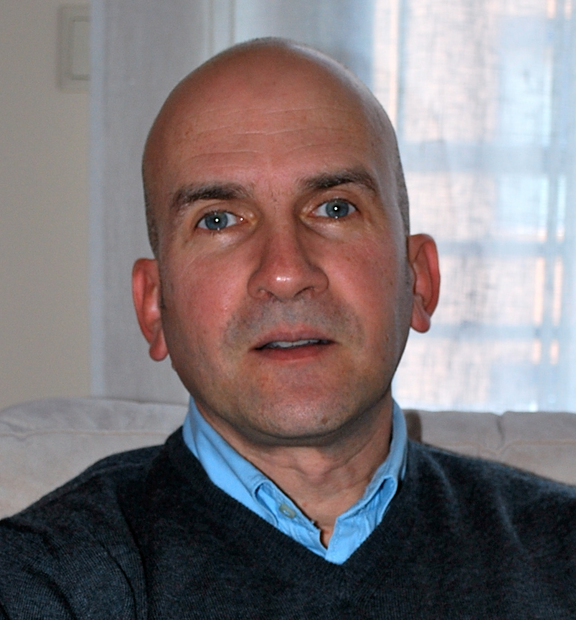
Alejandro Algora
Investigador Permanente
I graduated in Physics at the Kossuth Lajos University, Debrecen, Hungary in 1988. After finishing my university studies I returned to Cuba, where I worked as lecturer at the Universidad Central Las Villas. In 1990 I moved to Hungary, where I finished my PhD degree at the Institute of Nuclear Research of the Hungarian Academy of Sciences (MTA ATOMKI) under the supervision of Prof. Tibor Fényes. The topic of my PhD work was “Supersymmetry in the As Region”. The main goal was the experimental study and the theoretical description of the odd-odd 74As nucleus using a super-symmetric algebraic model. After a postdoctoral stays at LNL INFN (Legnaro, Italy) and at IFIC, I obtained a permanent position as researcher at MTA ATOMKI in Hungary and later at IFIC in 2009. I obtained an EC Marie Curie Individual Fellowship in 2000, a Janos Bolyai Fellowship (Hungary) in 2004 and I was a Ramon y Cajal fellow (Spain) in the period 2006-2009.
My research interests have covered both experimental and theoretical nuclear structure. I have acted as spokesperson and has lead many experiments at major facilities around the World. I have also been a member of international committees in a variety of different countries. My current interests are focused in beta decay studies of exotic nuclei and their importance in explosive nuclear processes in stars, their impact on practical applications in the operation of nuclear reactors and the handling of nuclear waste and the prediction of the antineutrino spectrum from such reactors.
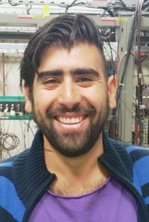
Ariel Tarifeño
Investigador Permanente
I was born in 1982 in Santiago, Chile. I grew up in Chile. I hold a B.S. degree in Physics by University of Chile (2005, cum laude) and a PhD in experimental Plasma Physics by University of Concepcion (2011, summa cum laude). I did my PhD research studying nuclear fusion in miniature and tabletop experiments at the Chilean Nuclear Energy Commission (CCHEN, www.cchen.cl). From 2011 up to 2014 I worked as a staff researcher in Experimental Plasma Physics at CCHEN. In 2014, I decided to focus my research interest into Experimental Nuclear Physics; therefore, I moved to Spain and started a postdoc position at the Gamma-ray and Neutron Spectroscopy group at IFIC in Valencia. From 2015 up to 2021, I worked as a researcher at the Group of Experimental Nuclear Physics, Applications and Instrumentation (ENPAI) from Institute of Energy Technologies at the Technical University of Catalonia (UPC, inte.upc.edu). In 2021 I joined the Gamma-ray and Neutron Spectroscopy group at IFIC as a CSIC permanent staff. At IFIC, I develop basic research in Nuclear Physics with neutrons in experiments of beta decay and radioactive beams (BRIKEN project at RIKEN in Japan, BELEN detector DESPEC collaboration at GSI), measurements of neutron capture cross sections by the Time-Of-Flight technique (CERN-TOF facility) and measurements of neutron yields and cross sections in (alpha, n) reactions (MANY project in Spain). I also develop research and applications on neutron spectrometry and dosimetry. In particular, I am the coordinator of the HENSA project (hensaproject.org), a collaboration focused on the exploitation of a high efficiency neutron spectrometer in underground facilities and measurements of cosmic-ray neutrons. I am also the responsible scientist for the development of the LINrem dosimeters, innovative detectors for neutron dosimetry in pulsed neutron fields and hadron therapy. I am the developer of the ParticleCounter code (particlecounter.net), a Geant4 application for Monte Carlo simulation of neutron detectors. I love to work in multidisciplinary teams and mentoring students (undergraduates, master and PhD). ORCID: 0000-0001-8552-5030; ResearcherID: A-7583-2012
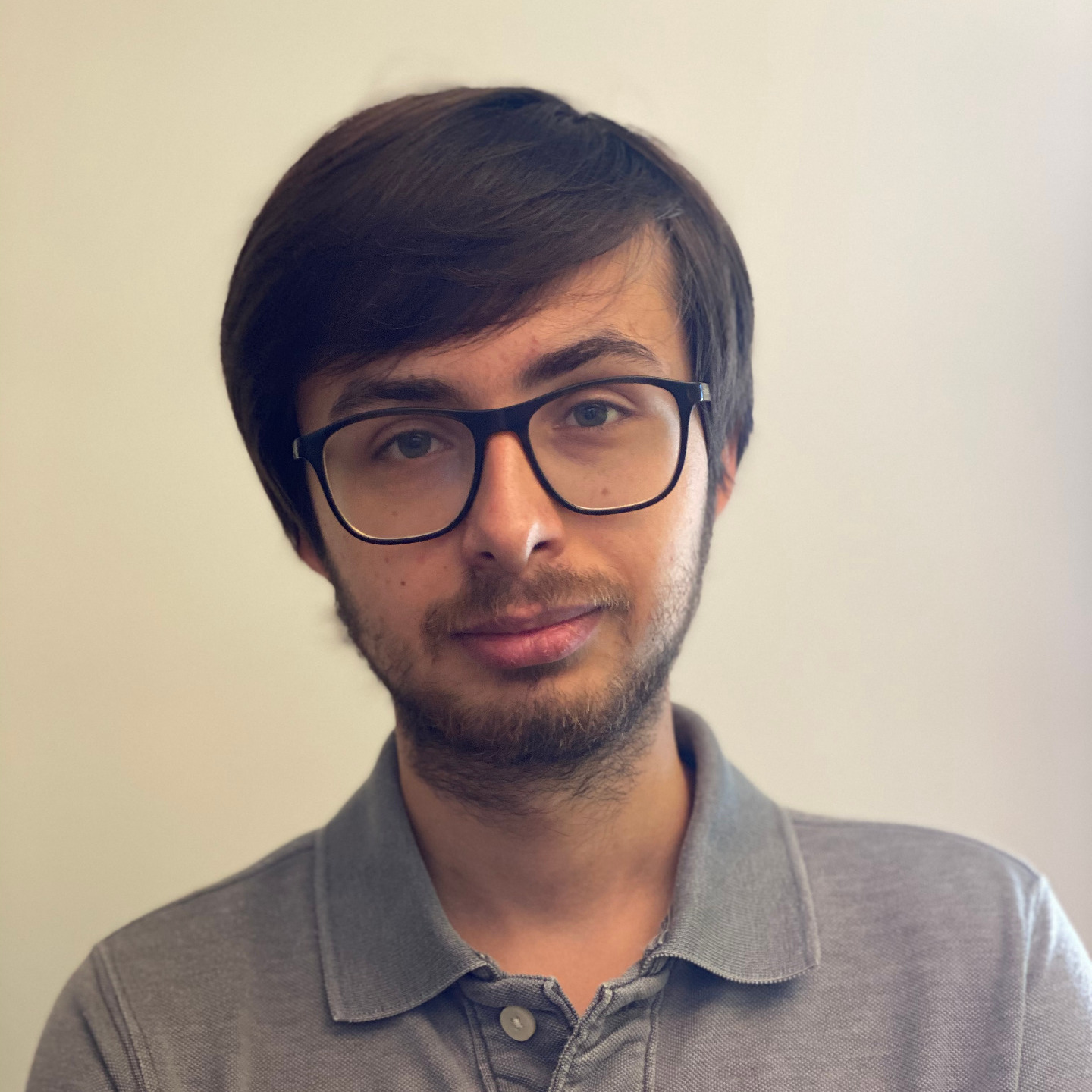
Bernardo Gameiro
Nuclear Physics Master Student
Nuclear Physics Master Student
I graduated in Engineering Physics (Licenciado, 2018-2021) and Informatics (Minor, 2020-2022) at the Faculty of Sciences of the University of Lisbon. Subsequently, I undertook the Erasmus Mundus Joint Master Degree on Nuclear Physics with a specialisation in "Experiments, Instrumentation and Large Accelerators" which led me to the University of Sevilla in Spain; the University of Padova in Italy; the University of Caen in France, where I completed an internship on the "Characterisation of a neutron detector for a continuous mixed field" as part of the "Neutrons for Science" facility of GANIL; and to the HYMNS group of IFIC (CSIC-UV) where I'm carrying out my Master's project on the "Optimisation of Imaging Techniques for Background Suppression of Stellar Nucleosynthesis reactions with i-TED.
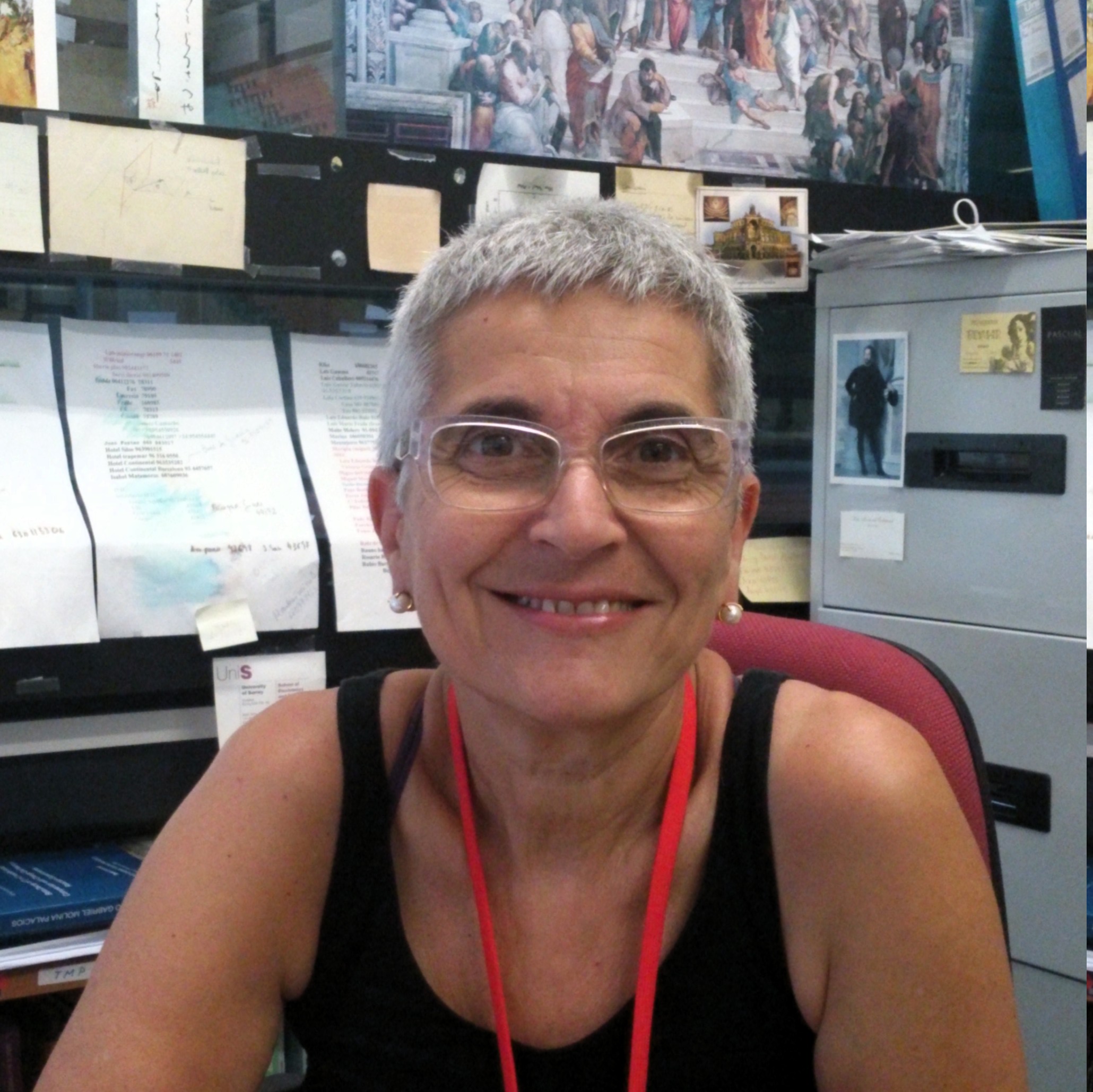
Berta Rubio Barroso
Investigadora Permanente
I graduated in Physics at Universidad Compluetnse de Madrid. After finishing I moved to Germany where I carried out my Ph. D research work at the IKP2, KFA Jülich, Germany under the supervision of Dr. Kleinheinz. The work was based on in-beam studies of states in 145Eu and the main interest was the investigation of octupole-particle vibrational couple/ing. /I defended my Ph. Thesis at Universidad de Granada in 1985. After a postdoc position in Jülich I returned to Spain with a postdoc position "beca de reincoporación" in 1987. I got a permanent position at IFIC in 1989. I started the Gamma Spectroscopy Group at IFIC together with J.L. Taín. My research interest lies mainly in nuclear structure. I have investigated nuclei with N near Z and near double closed shells combining different experimental probes: beta decay, in-beam gamma spectroscopy, reactions, exotic decay..., I have carried out a number of beta decay experiments at isol facilities and more recently at fragmentation facilities. I have used mainly gamma spectroscopy techniques, either high resolution ge detectors or Total Absorption Spectrometers. I have been member of several international committees. At present I am a member of the IPN-Orsay advisory committee, of the Laboratorio Subterráneo de Canfranc Advisory board,of the FAIR Resource Review Board and of the Spanish "Comisión de Infraestructuras de Física de Partículas y Aceleradores" (CIFPA). I am also the head of the Experimental Physics Department at IFIC.

César Domingo Pardo
Investigador Permanente
I studied Physics at the University of Valencia (1994-1998) and at the Johannes-Gutenberg University of Mainz (1998-2000). I carried out my PhD-Thesis (University of Valencia, 2005) in the framework of the CERN n_TOF Collaboration, where I measured and analysed the neutron capture cross section of lead and bismuth isotopes for stellar nucleosynthesis studies in low-mass AGB stars. From 2006 until 2007 I did a postdoctoral stay at the Nuclear Astrophysics Group of FZK-Karlsruhe, where I determined neutron capture cross sections of astrophysical interest using both the FZK Van de Graaff accelerator (activation method) and the CERN n_TOF facility. Motivated by my interest on explosive stellar nucleosynthesis, from 2008 until end of 2010 I worked for the GSI Center for Heavy Ion Research, where I got deeply involved in nuclear structure experiments using exotic ion beams. During this postdoctoral stay I became responsible of a project devoted to the development of novel detection systems with gamma-ray imaging capability for the characterization of AGATA HPGe-segmented detectors. In 2010-2014 I initiated and led a RIB experiment to measure beta-delayed neutrons around the third r-process abundance peak (https://arxiv.org/abs/1511.01296). In 2011 I got awarded a Ramón & Cajal (5 years) fellowship to work at the Instituto de Física Corpuscular IFIC (CSIC-University of Valencia). My research focused on nuclear structure experiments with radioactive ion beams (GSI, RIKEN, GANIL) and with pulsed neutron beams (CERN n_TOF), with applications on heavy elements nucleosynthesis studies. In 2016 I got awarded an ERC-Consolidator Grant (5 years) for the project HYMNS: High sensitivitY Measurements of key stellar Nucleo-Synthesis reactions. In the framework of this project we have developed an advanced array of Compton imagers, so-called i-TED, for enhancing detection sensitivity in neutron capture cross section measurements via the TOF technique. Presently, I lead two technology-transfer projects, spin-out of the former ERC-CoG Grant, via the two ERC-Proof-of-Concept Grants AMA and GNVISION. More info at https://hymnserc.ific.uv.es/ and at https://cesardomingopardo.wordpress.com/.
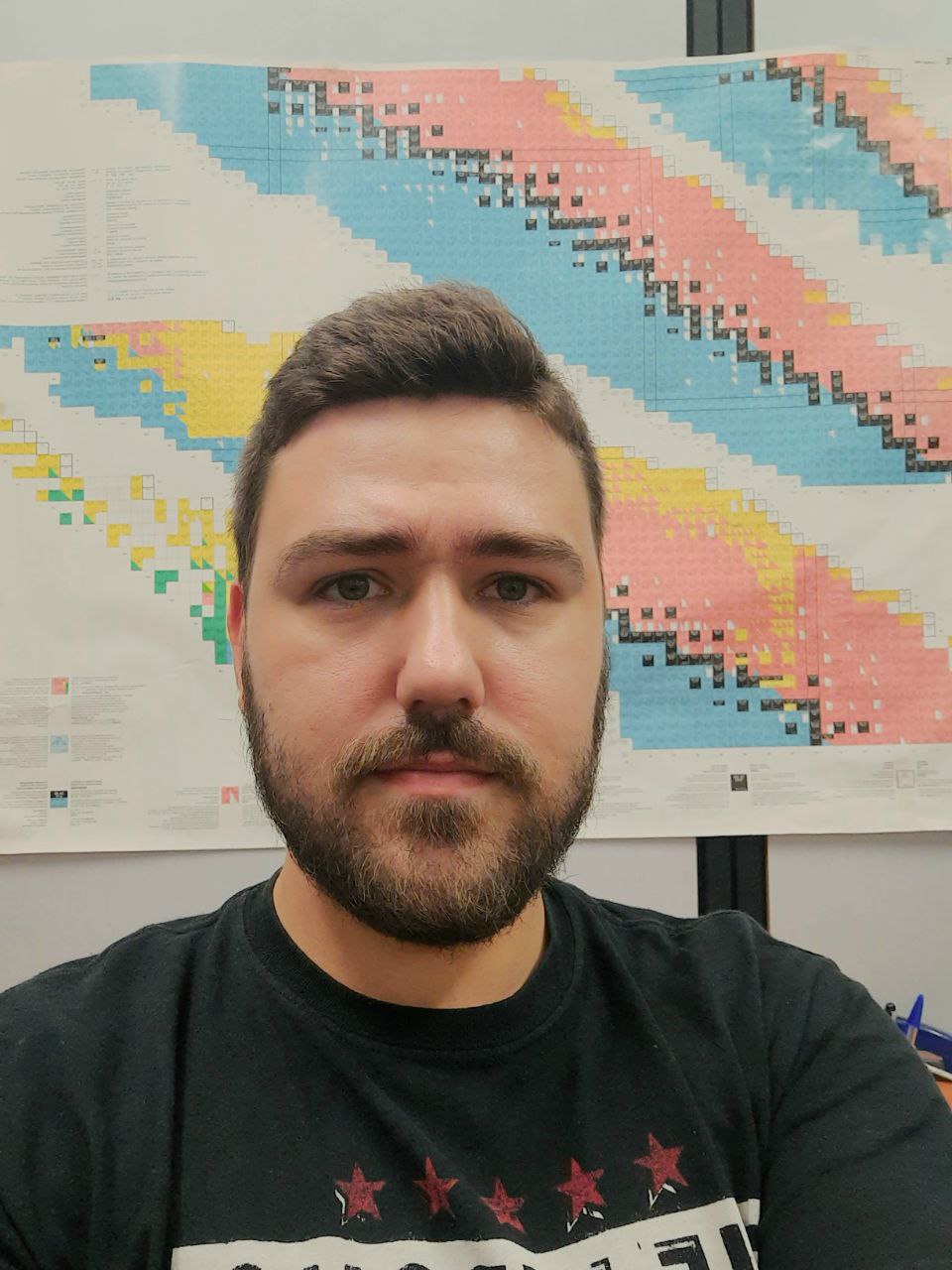
David Rodriguez
Estudiante de doctorado
I was born in Salamanca, where I went to the University of Salamanca to study my Physics degree. I finished the degree in 2018 and I went on to obtain the Interuniversity Master in Nuclear Physics after attending several Spanish universities. My master thesis was conducted at LRI-D (Ionizing Radiation and Dating Laboratory) on The Characterization of a germanium x-ray detector and its simulation. I worked for almost two years in the AGATA project at LRI-D while I had a collaboration grant with the CSN. In 2021 I was awarded the FPI grant to develop my PhD thesis studies at IFIC with the Gamma-Ray and Neutron Spectroscopy group on: "Total Absorption Spectroscopy on N=126 Nuclei of Interest for R-Process Nucleosynthesis".
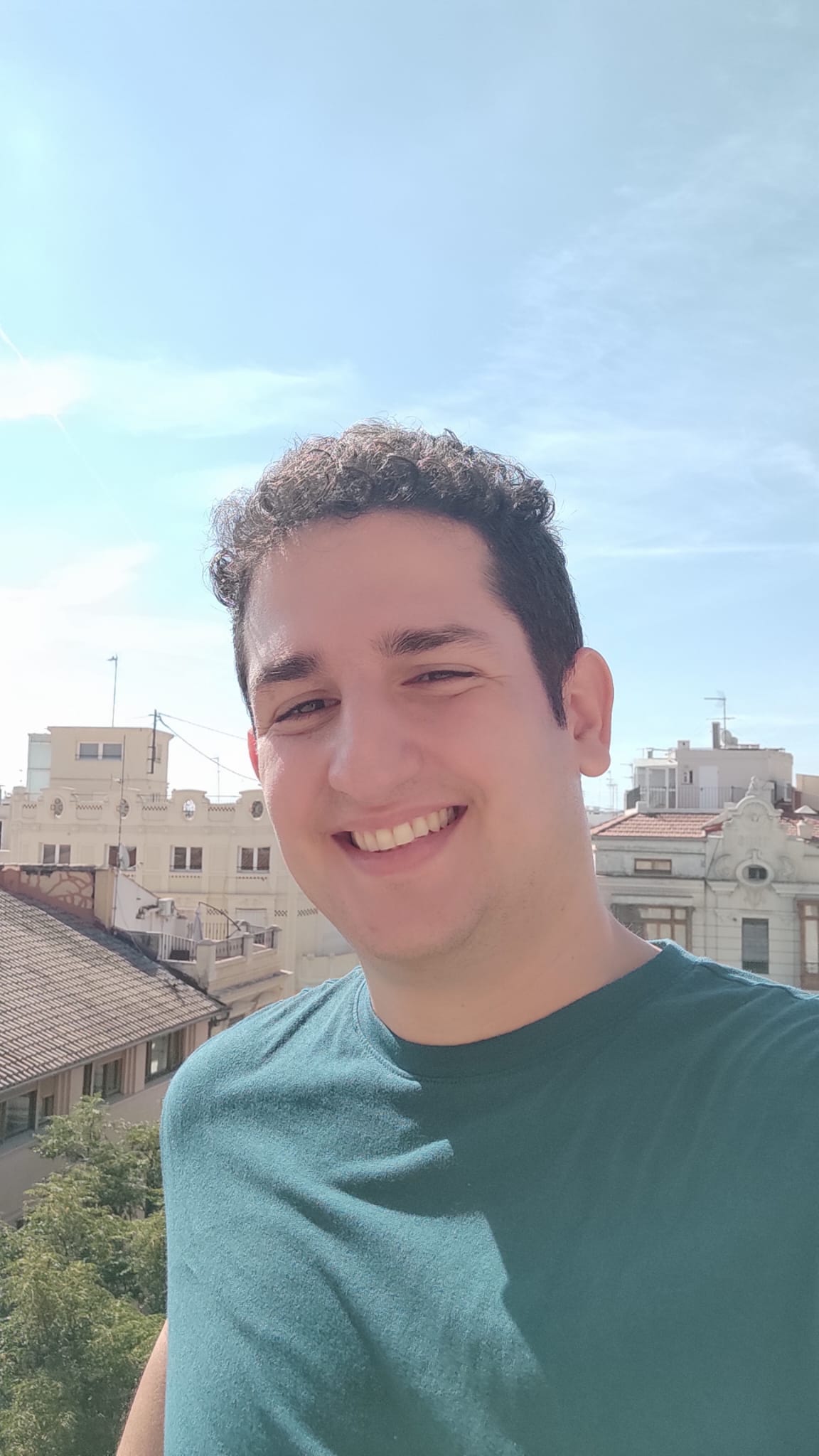
Gabriel de la Fuente Rosales
PhD Student
I graduated with honors from the Nuclear Physics programme (5 years) in 2018, at University of Havana. My graduation thesis was related to the use of Monte Carlo (MC). The research topic was in the field of Medical Physics. Using GATE/Geant4, I modelled a clinical linear accelerator (linac) head and a silicon semiconductor detector. The purpose was to determine the peripheral doses in patients treated with special treatments techniques, such as Intensity Modulated Radiation Therapy (IMRT). In 2018, I did a stay at the ISOLDE Decay Station with a Summer Student Grant, where I developed the Montecarlo model of the new SPEDE detector dedicated to measure conversion electrons to analyse a shape coexistence phenomena. In 2022, I finished a Diploma on Fundamentals in Medical Physics. My project was the use of Monte Carlo simulations to evaluate the need of an additional security level for some scenarios where a radioactive source is used for malicious purposes. Starting from July 2023, I am a Ph.D Student at the Gamma-ray and Neutron Spectroscopy group at IFIC mainly focus in detector development and (n,g) cross section measurement in the CERN n_TOF facility.
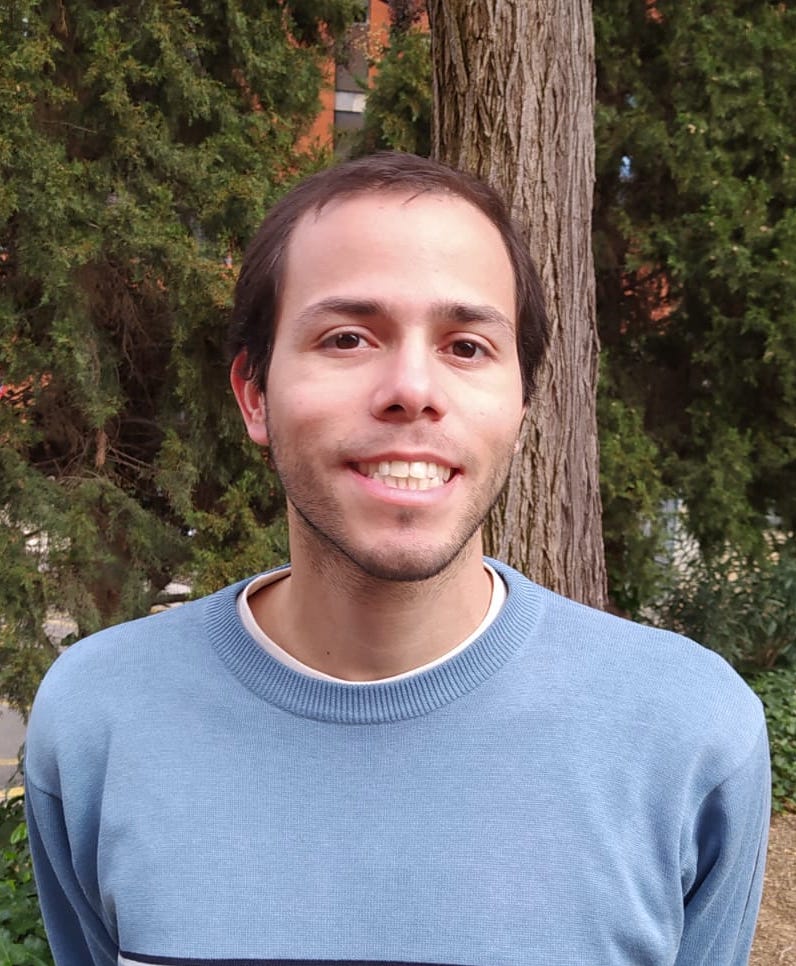
Gustavo Adolfo Alcalá Escalona
Ph.D Student/Estudiante de Doctorado (o: Contratado Predoctoral)
En 2013 terminé mis estudios de Licenciatura en Física en la Universidad Simón Bolívar en Caracas, Venezuela, y mi trabajo final grado se basó en el análisis de datos de reacciones nucleares entre núcleos ligeros bajo el asesoramiento del Ph.D. Jacinto Liendo. Posteriormente terminé mis estudios de Maestría en Física en 2017 en la misma universidad Venezolana. Durante este posgrado trabajé como ayudante académico dando clases de física experimental y teórica básica a estudiantes de pregrado, estando mi investigación centrada en el estudio del efecto de potenciales nucleares tensoriales sobre reacciones nucleares polarizadas entre núcleos ligeros. En 2019 me fue concedida una beca Santiago Grisolía para trabajar en el IFIC en Valencia, España, para hacer estudios de Doctorado en Física Nuclear con el Grupo de Espectroscopía de Rayos Gamma y Neutrones bajo la supervisión del Dr. Alejandro Algora. Actualmente trabajo en el proyecto de investigación e-shape para mejorar la determinación de espectros relevantes de desintegraciones beta que tienen implicaciones importantes en física de reactores y de neutrinos.
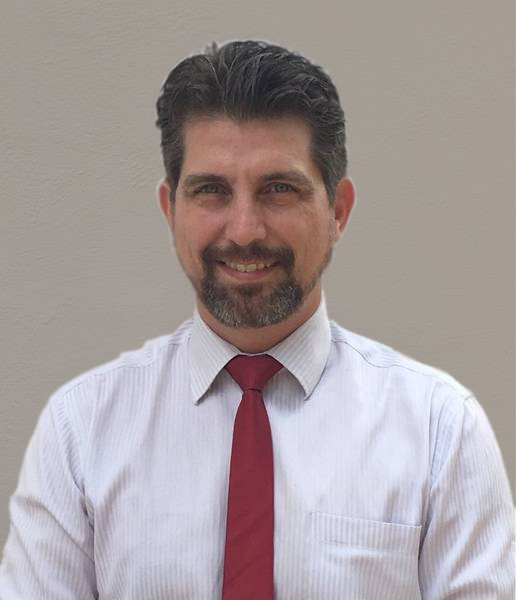
Ion Ladarescu
Computing Engineer
I studied Computing Engineering at the Politechnical University of Valencia (UPV). I was awarded the Bancaja-UPV Prize for my degree research project at INDENOVA. I have been working at different technological companies, such as GENERAL EQUIPMENT FOR MEDICAL IMAGING, DACSA PRODUCTIONS S.L., SOFTWARE GEOGRAFÍA SERVICIOS S.L. and RADIOTELEVISION VALENCIANA, S.A. Since 2016 I got involved in the HYMNS project, where I am responsible for the data-acquisition software of the i-TED detection system, and for the control and synchronization of automatized systems, such as the horizontal XY-scanning system and the vertical -large field of view- Gantry. I am also responsible for the maintenance of the group web-site, and group internal web-applications (wiki, git, etc). I have the license for the manipulation and operation of radioactive sources and thus I am also the responsible for this matter within the HYMNS ERC project. Since June 2022 I work in several technology-transfer topics of different R+D projects of the Gamma-Ray and Neutron Spectroscopy Group at IFIC.
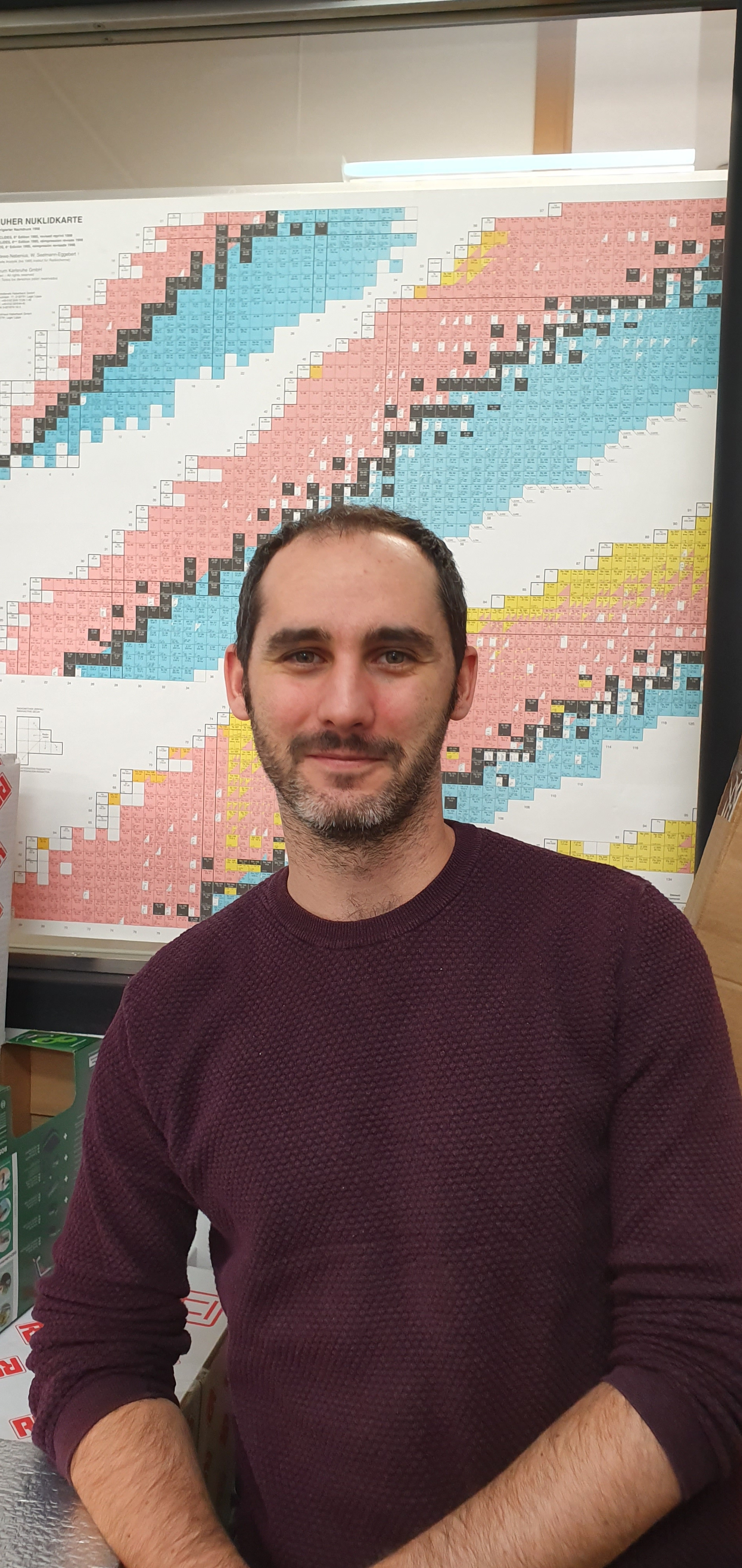
Javier Balibrea
Postdoctoral Researcher - JdC-CSIC
I finished my degree of Physics and Master thesis at the University of Granada in 2011. I joined the group of Nuclear Innovation at CIEMAT the same year to start my PhD thesis. The topic of my work was “Measurement of the neutron capture cross-section of 235U at nTOF” supervised by Emilio Mendoza and Daniel Cano-Ott. In 2017 I moved to Naples (Italy) as a postdoctoral fellowship at Federico II University for one and a half years. I was focused on nuclear astrophysics, in particular in the measurement of the reaction 13C(alpha,n)16O at LUNA (Gran Sasso, Italy). In September 2019 I joined the Gamma Spectroscopy group at IFIC to work in the framework of the HYMNS ERC project. Since June 2022 I am postdoctoral researcher (Juan de la Cierva Incorporación) at IFIC.

Jorge Agramunt Ros
Colaborador
Degree in physics (1995) and electronic engineer (2002) by the "Universitat de Valencia". With previous experience in a private Aids to Navigation manufacturer company called "La Maquinista Valenciana" designing beacons, I have been working in the Data Acquisition System and Front End Electronics for a total of 10 years, starting in 1996 at GSI-Darmstadt with the Data Acquisition of Euroball Cluster Ge detector. I designed and developed our Data Acquisition System (Gasific) from scratch, already been used for several successful experiments. We have a trigger less and a conventional version of our Gasific System. Finally I decided to develop my PhD in Pn calculation for a number of nuclei using BELEN 3He neutron counter.
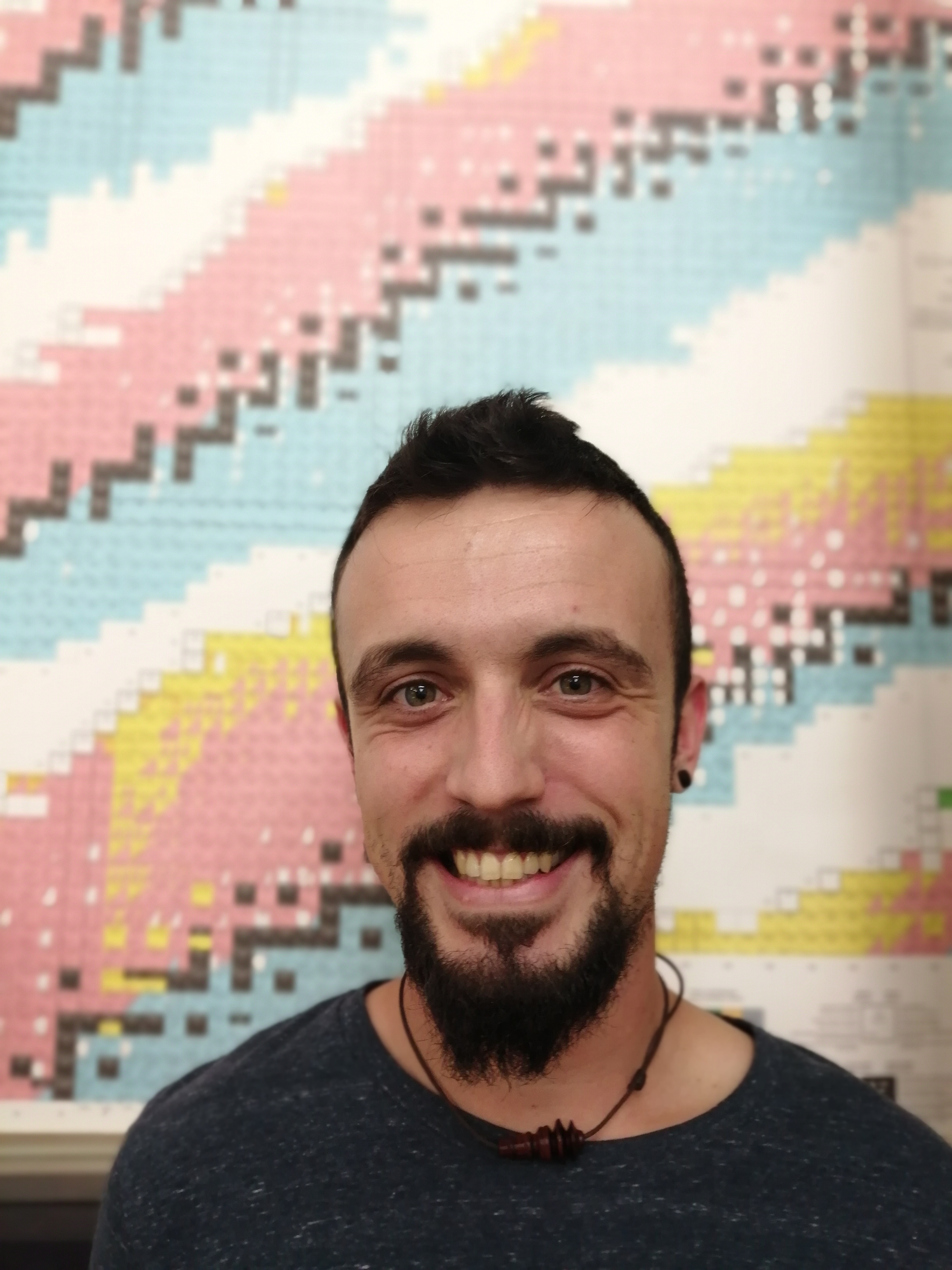
Jorge Lerendegui
Postdoctoral Researcher - JdC-CSIC
I studied Physics at Universidad de Zaragoza, including one year abroad at Universität Oldenburg (Germany). After finishing my Degree in 2013, I started the Interuniversitary Master in Nuclear Physics, carrying out my Master thesis at Universitat de Barcelona on neutron stars calculations. In 2014 I did a stay at the n_TOF experiment (CERN) with a Summer Student Grant, where I developed the Montecarlo model of the new C6D6 detectors with reduced neutron sensitivity. At the end of 2014, I joined the Nuclear Physics Department at Universidad de Sevilla (US), where I carried out my PhD-thesis under the supervision of Dr. Carlos Guerrero. My thesis work was focused in the measurement of the neutron capture on 242Pu for innovative nuclear technologies at the n_TOF (CERN) and Budapest Research Reactor facilities. In the framework of the CERN n_TOF Collaboration, I was also involved in the neutron capture measurements of the s-process branching points 171Tm y 147Pm and the Geant4 simulations of the neutron production in the n_TOF spallation target. Alongside my research, I worked as a teaching assistant at US in laboratory courses of the Bachelor and Master Degrees. After my PhD defense, in February 2019, I had a postdoctoral fellowship at Universidad de Sevilla, where I kept on working on Experimental Neutron Physics and collaborated with new research lines in the Department, such as the production of beta+ emitters for range verification in protontherapy. From September 2019 until May 2022 I have been working in the group of Gamma-ray and Neutron Spectroscopy at IFIC with a postdoctoral contract funded by the "High-sensitivitY Measurements of key stellar Nucleo-Synthesis reactions" (HYMNS-ERC) project. Since June 2022 I am postdoctoral researcher Juan de la Cierva Formación in the group of Gamma-ray and Neutron Spectroscopy at IFIC mainly working in the CERN n_TOF experiment.
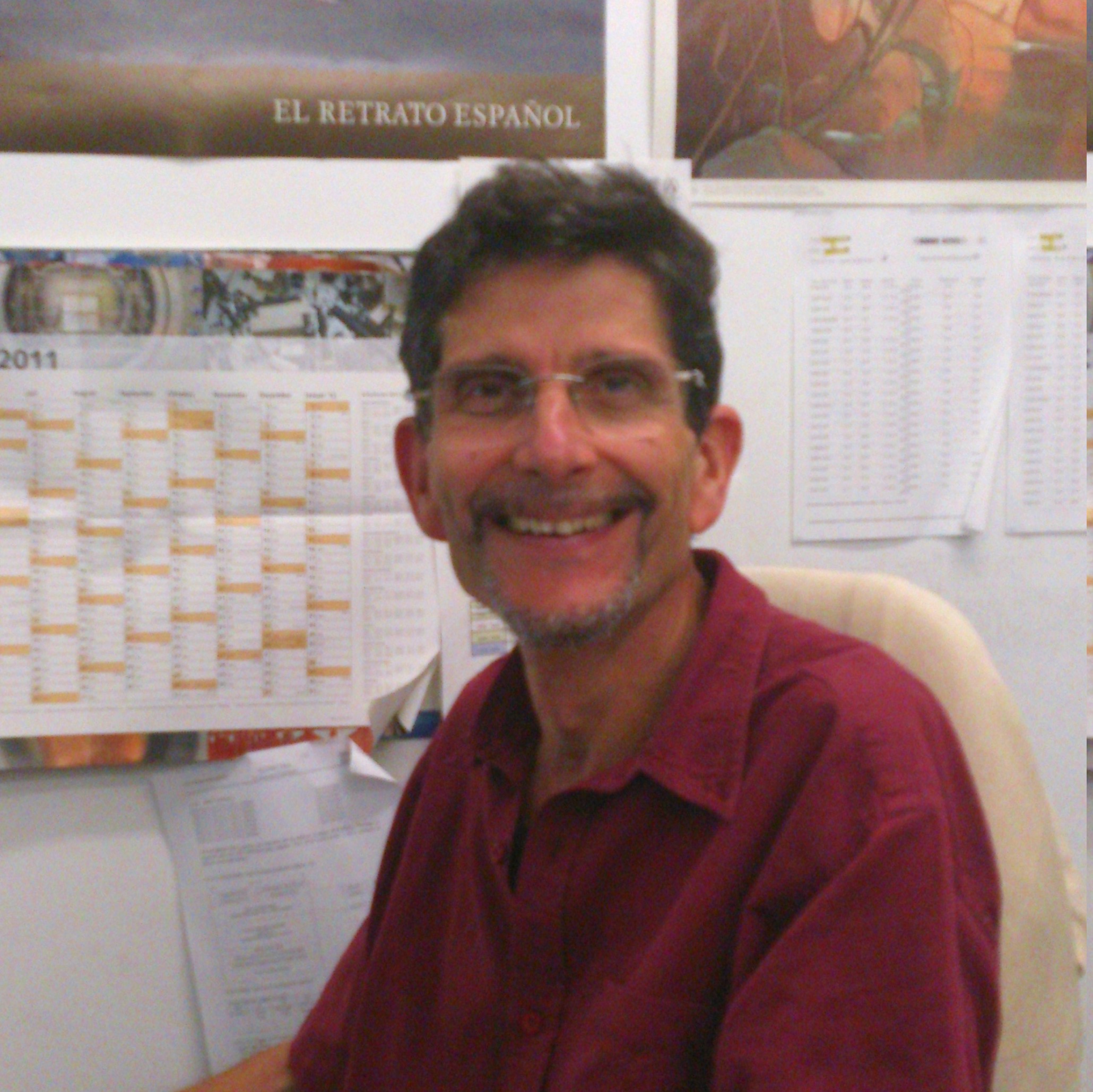
José Luis Taín Enríquez
Investigador Permanente
I did my PhD at KFA Jülich (Germany) measuring nuclear reactions with a magnetic spectrograph. The degree itself was obtained from the University of Granada (1985). In 1987 I won a position from CSIC to work at IFIC, where I have remained. Together with Berta Rubio, I formed the Gamma Spectroscopy group. My research interests over these years have widened to cover several aspects of nuclear structure, nuclear astrophysics and reactor technology. These have been pursued in beta decay studies, including both gamma and delayed neutron detection, and the measurement of neutron capture reactions. The developement of nuclear instrumentation has been also an important part of my activity.
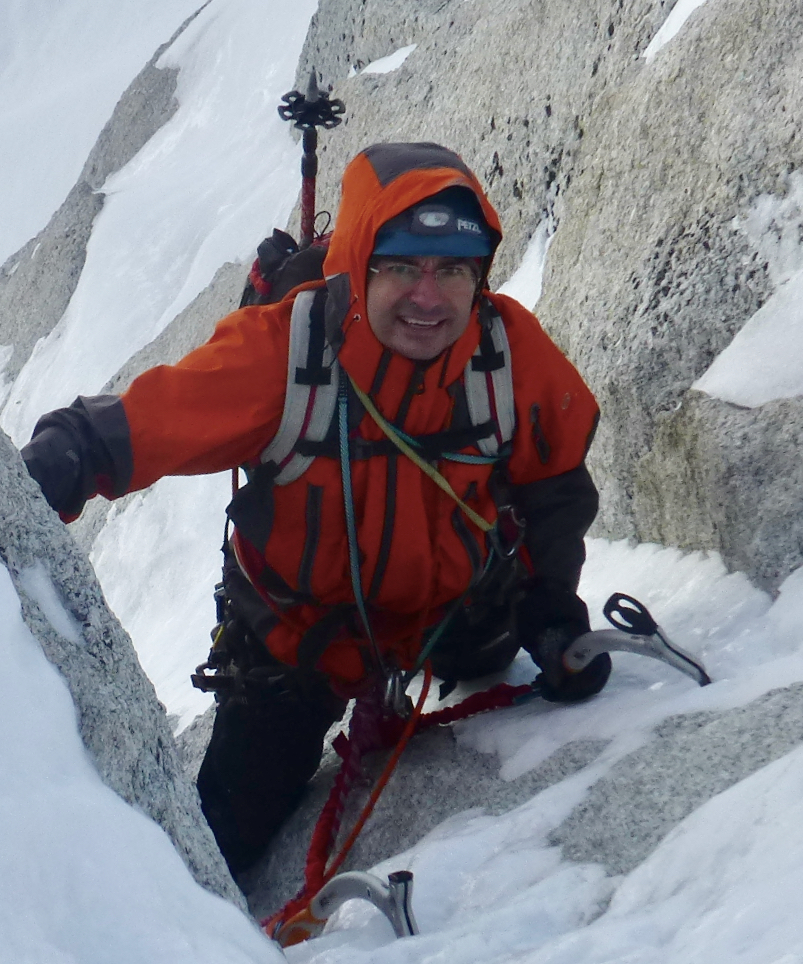
Kike Nácher
Investigador Permanente
I finished my degree in Physics at the University of Valencia (Spain) in 2000 and started a PhD in Nuclear Physics in the Gamma-Spectroscopy Group at IFIC. The topic of my thesis was the study of Gamow-Teller decays in the neutron-deficient rare-earth and the N=Z regions using the Total-Absorption gamma-ray Spectroscopy technique (TAS). I carried out the experimental work at GSI, Germany, and CERN, Switzerland, but the analysis and interpretation was done here at IFIC under the supervision of Prof. Berta Rubio and Dr. Alejandro Algora. After my PhD disertation in Dec-2004 I spent some time working for a company designing nuclear instrumentation for medical applications. In particular my work was focused on the development of a small animal PET with continuum scintillator crystals. I also worked as a Physics and Maths teacher in a British school and finally got a position in Nuclear Physics at Instituto de Estructura de la Materia (IEM), CSIC, Madrid. My activity at IEM was mainly the study of the nuclear structure of light nuclei using both: nuclear reactions and beta decay and applying techniques of charged particle spectroscopy. At the instrumentation side I was and I am involved in the design and construction of CALIFA, a gamma and charged particle calorimeter for the R3B experiment at FAIR.
After 8 years working at IEM, I joined the Gamma-Spectroscopy Group at IFIC in July-2018. Here I'm starting a series of measurements of beta decay for nuclear astrophysics applications, involving experiments at CERN-ISOLDE and, at the same time, in close collaboration with my colleagues in Madrid, a new project on instrumentation for proton therapy.
Apart from Physics I like music and love mountains.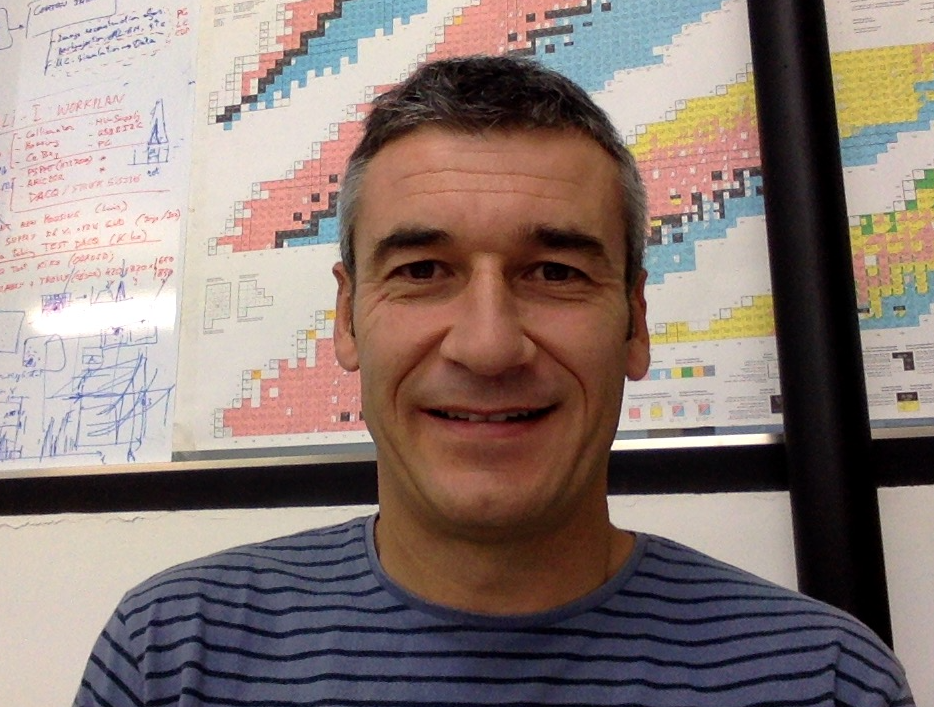
Luis Caballero
Investigador Postdoctoral
I studied Physics at the University of Valencia (Spain), including one year at University of Trento (Italy). I carried out my Physics PhD in Valencia in the Gamma Spectroscopy Group at IFIC, studying the 146Gd double-octupole states, obtaining for the very first time experimental evidence of this state through its gamma-ray transition. During my PhD I was also involved in many experiments in GANIL on nucleon transfer reaction on exotic beams and in direct mass measurements. After my PhD I moved to Oncovision as a Project and Product Manager developing an intra-operative portable gamma camera for molecular imaging and a dedicated breast PET system for early cancer detection. As a Chief Technology Officer I was ahead of the company R&D department and personnel. Later, I enrolled in the IFIC with a FC3 Doctor contract to develop GUALI, a portable gamma imaging system to identify radioisotopes and classify nuclear waste in nuclear power plants decommissioning. Presently, I am working in the HYMNS (High sensitivitY Measurements of key stellar Nucleo-Synthesis reactions) European Research Council founded project. In the framework of this project we are developing advanced radiation detection systems with gamma-ray imaging capability, so-called i-TED (https://arxiv.org/abs/1401.2083), for enhancing the detection sensitivity in neutron capture cross section measurements via the TOF technique.
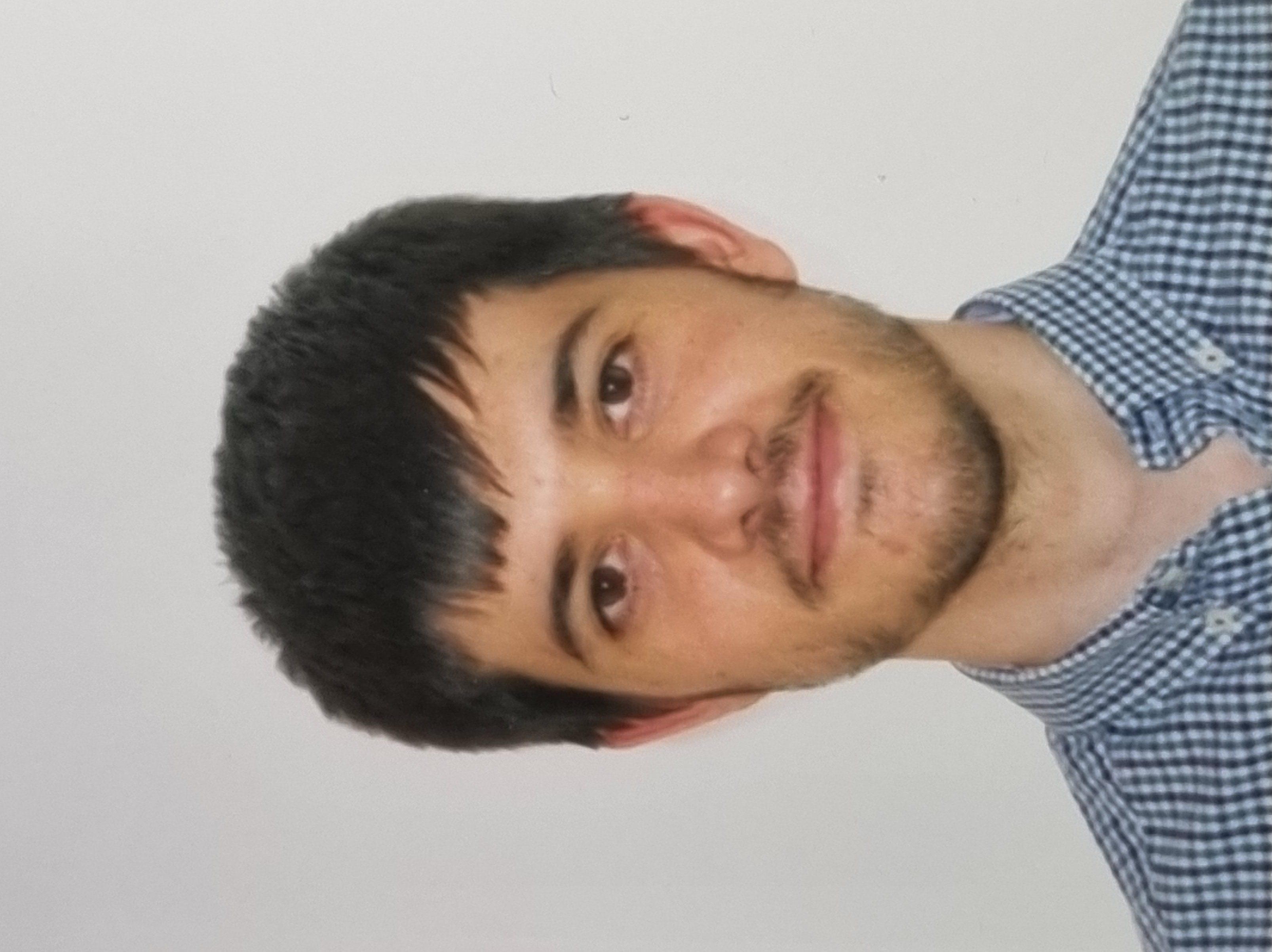
Pablo Torres Sánchez
Postdoctoral Researcher ERC-POC
I completed my degree in Physics at the University of Granada (UGR), following in my Master thesis with a stay at Institut Laue-Langevin (Grenoble, France). I did my PhD thesis at UGR, titled "The 14N(n,p)14C reaction cross-section measurement at n TOF - CERN and its application to the design of a facility for Neutron Capture Therapy", which included several stays at CERN. Also I conducted experiments at LNL-INFN (Italy), dedicated to high energy neutron production and measurement. After my PhD defense in December 2022, I remained at UGR for a postdoctoral fellowship where I proposed, organized and conducted experiments (at JRC-Geel, Belgium and NPL, UK) validating techniques and devices from my thesis. In December 2023 I joined the Neutron&Gamma Spectroscopy Group at IFIC as a postdoc (ERC-PoC project AMA). Here I contribute to the development and optimization of neutron and gamma detectors focusing on their medical applications.

Sonja E. A. Orrigo
Investigadora Permanente
During my scientific career, I have been active in the fields of nuclear physics of exotic nuclei and dark matter direct detection, holding research positions at LNS-INFN and Catania University (Italy), Giessen University (Germany), Coimbra University (Portugal) and IFIC Valencia (Spain). My current research interests focus on the beta-decay spectroscopy of exotic nuclei via studies performed at many international facilities.
Since the beginning, I have studied the structure of exotic nuclei via charge exchange (CE) and transfer reactions. In parallel, from 2000 to 2009, I have contributed to the development, installation and commissioning of the large acceptance ray-tracing magnetic spectrometer MAGNEX at LNS-INFN, as well as the first experimental campaigns. For my PhD thesis (Catania University, 2005) I studied the structure of 15C, populated by the (7Li,7Be) CE reaction at IPN-Orsay, along with the reaction dynamics. I carried out the data analysis and, during a Marie Curie fellowship at the Giessen University, performed the corresponding theoretical calculations. My study of 15C led to the first evidence of Fano Resonances in nuclear physics (PLB 633, 2006; EPL 65, 2004).
Afterward, within the Ciencia Excellence program I moved to Coimbra University, where I joined the XENON Dark Matter experiment at LNGS-INFN. I was an active member of the collaboration from 2009 to 2015, taking on various responsibility roles. Among our selected achievements, we set the world’s best limits on the spin-independent and spin-dependent WIMP-nucleon elastic scattering cross sections and the axion-electron coupling constant. We also excluded a dark matter interpretation of the DAMA signal. These studies resulted in several publications, including 1 Science and 5 PRL, where I made a fundamental contribution with my detailed study of detector stability and its correlation with the event rate, analyzed over many years.
Since 2011, I have been part of the Gamma Spectroscopy Group at IFIC. Here I have investigated the beta decay of 56Zn, obtaining remarkable results, including the first observation of a new exotic decay mode: the beta-delayed gamma-proton decay (PRL 112, 2014). The first observation of the 2+ isomer in 52Co is another significant result of the beta-decay studies of proton-rich nuclei done at GANIL (PRC 93 and 94, 2016; EPJA 53, 2017) in connection with CE reactions at RCNP. I have also shed new light on the structure of 10Li through one-neutron transfer in the continuum at TRIUMF (PLB 677, 2009; PRL 118, 2017). Afterward, I have investigated heavier and more exotic neutron-deficient nuclides at RIKEN: 60Ge and 62Ge (PRC 103, 2021), contributing to establish the location of the proton drip-line for Z=31. Within the IFIC group, I have contributed to the commissioning and first experiments with the DTAS Total Absorption Spectrometer (at IGISOL in 2014, RIKEN-2019, GSI-2022), the BELEN/BRIKEN/HENSA neutron detector arrays (IGISOL-2014, RIKEN-2017 & 2021, LSC-since 2019) and the Lucretia TAS at CERN (2012, 2022, 2023). Recently, I have published results from the first long-term measurement of the ambient neutron rate, with sensitivity over a wide range of neutron energies, performed in any underground laboratory so far (EPJC 82, 2022). Currently, I am the spokesperson for the IS707 experiment at CERN and the E891 experiment at GANIL.
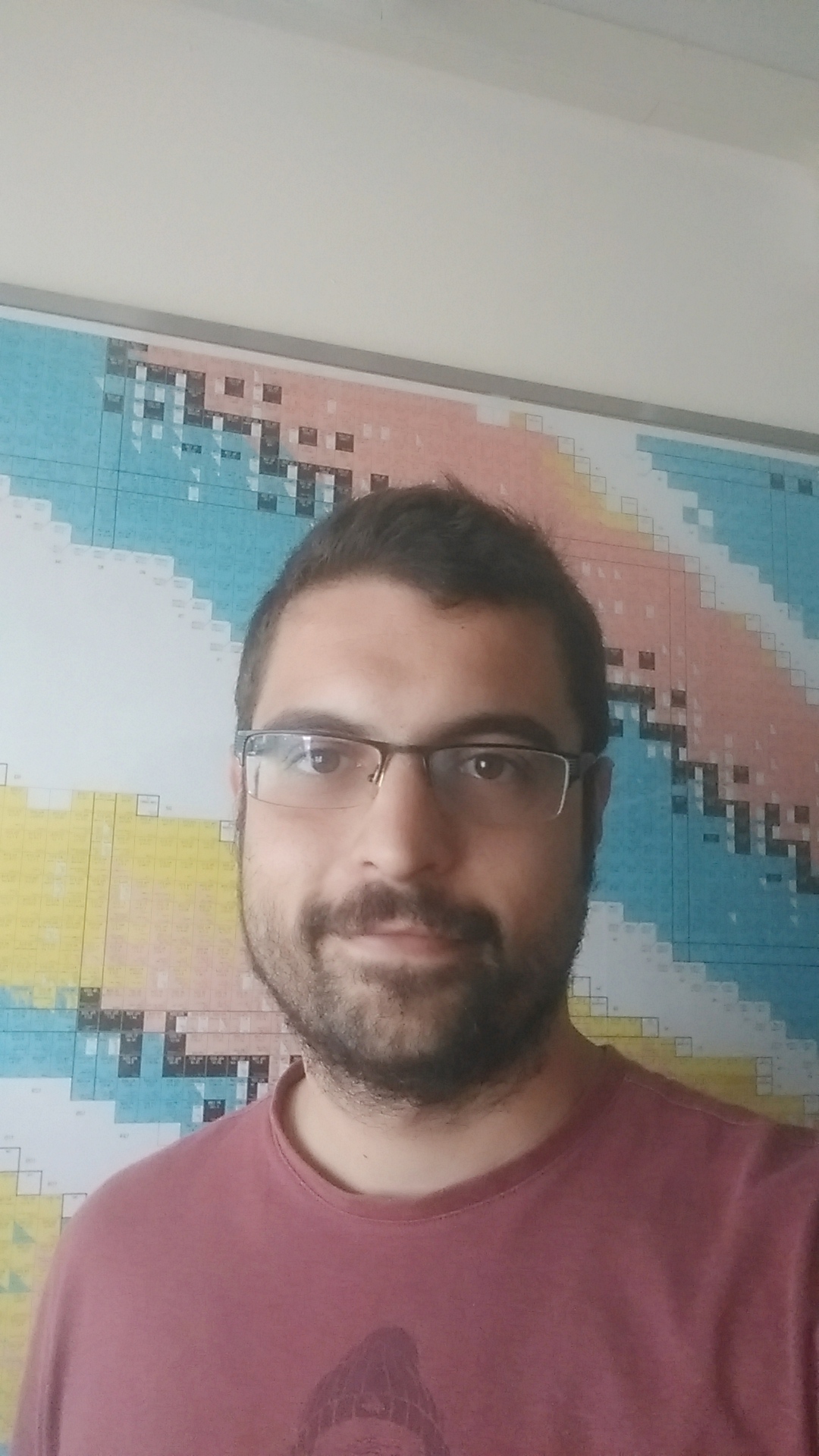
Víctor Babiano
Postdoctoral Univ. Valencia - Margarita Salas / Stay at UPC-Barcelona
I did my PhD-Thesis in Experimental Nuclear Physics in the Gamma-Ray and Neutron Spectroscopy group at IFIC. I studied the Physics degree at the University of Extremadura and University of Salamanca, and then, the Interuniversity Master in Nuclear Physics at several spanish universities. I did my Master Thesis in the framework of the HYMNS ERC project in this Group, where I contributed to the development of the i-TED detectors for nuclear astrophysics experiments using neutrons at CERN n_TOF. In my PhD-Thesis I contributed to the development of i-TED for nuclear astrophysics experiments at CERN n_TOF. Additionally, I have been actively involved in the measurement of 80Se(n,g) at CERN n_TOF EAR1 using state-of-the-art C6D6 liquid scintillation detectors. Presently I am postdoctoral researcher (Margarita Salas Grant) at IFIC and UPC-Barcelona.